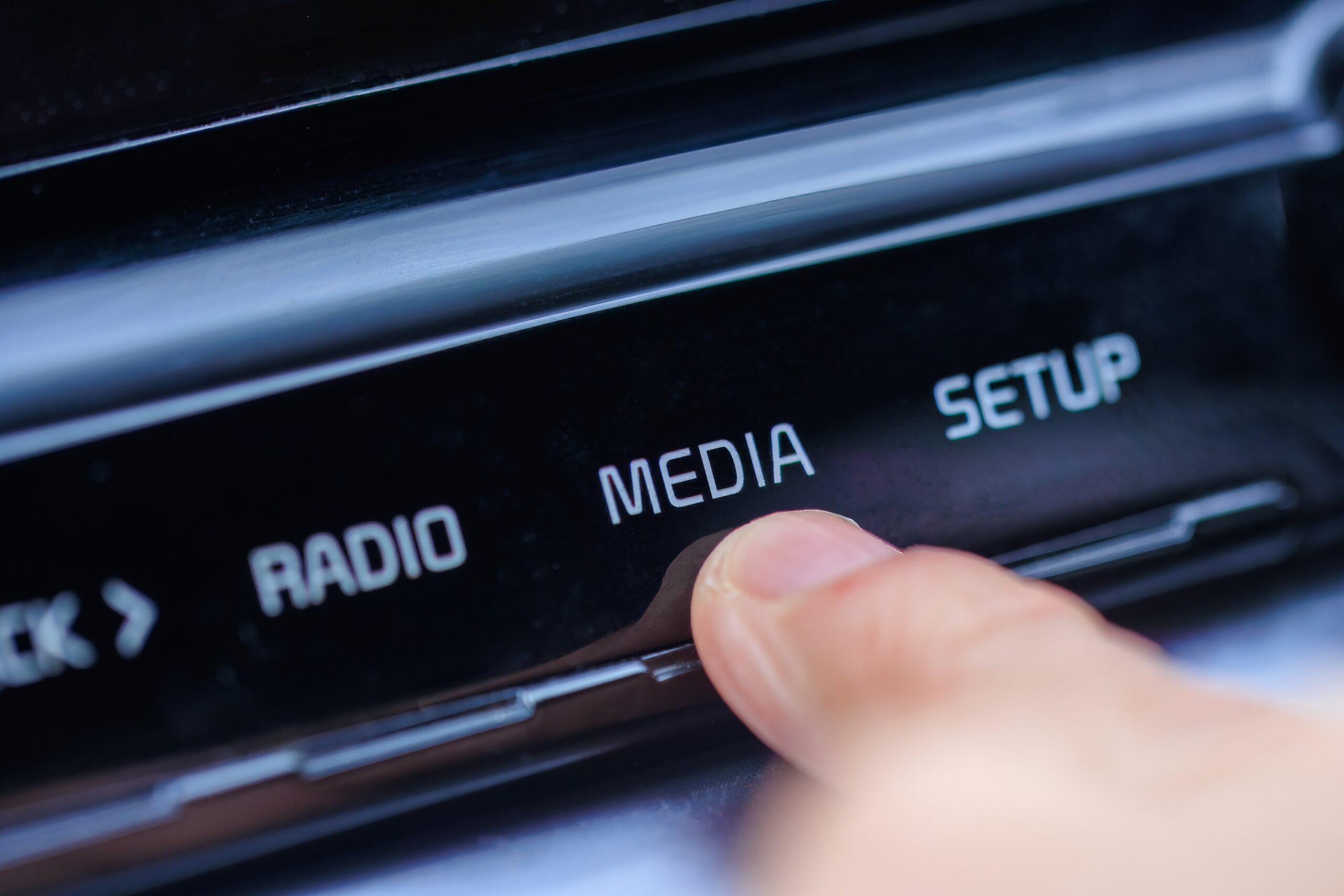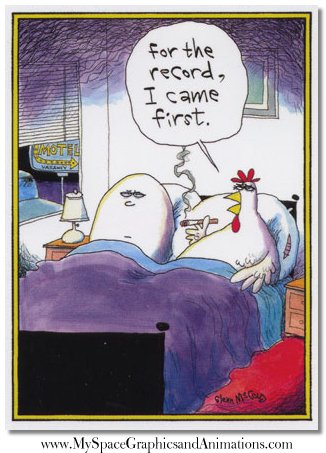
As you probably know by now, Quu sponsored a webinar this week to present its second annual study, “2025 In-Vehicle Visuals Report,” breaking down the 100 top-selling cars in America. The report is a content analysis of precisely what’s in the dashboard in these popular cars and trucks. And it should be required reading in every corporate office and station building.
It’s so logical. While radio’s crown may be ajar for in-car listening dominance, more people listen while they’re on four wheels than any other listening location. But gone are the days when virtually every vehicle had the simple “two knobs six presets” configuration. Imagine this: you could get behind the wheel of any car or truck in the world and immediately know how to find your favorite radio station. (And you could easily turn up the volume if that’s what you desired.)
We’ve come so far, and yet, the in-car listening experience is fragmented, splintered, overly-complicated, and often frustrating for consumers who just want to turn on the radio. The element that has been known to sink various makes and models in those J.D. Power satisfaction ratings are those pesky digital dashboards.
In the Quu study, we learn which features are most and least ubiquitous in the 100 listed vehicles, as well as those trending up and those on the downslide. Quu has only conducted this survey this year and last, so we’re lacking a long track record. But two consecutive years is enough data to begin theorizing about where the connected car is headed. Take “The Dashboard Scoreboard,” for example:

While AM, FM, satellite radio, Apple CarPlay, and Android Auto are near-ubiquitous, other features are not. Like a dedicated “RADIO” button to help the driver linearly get to the AM/FM bands.
Last year, more than a third of these best-selling new vehicles had this function, but in the new study, it’s slightly more than one-quarter. Year over year, that’s a drop of 28%—worth watching in Quu’s 2026 report. (Note: a “RADIO” button is no guarantee a driver will seamlessly connect the AM and/or FM bands; in many vehicles, SiriusXM is listed under the “radio umbrella.”)
More often than not, a “RADIO” button may give way to one labeled “MEDIA” or “AUDIO.” From there, a driver typically has access to all sorts of choices, such as Bluetooth and apps—or radio.
Here’s why this is important. As the Quu team learned this year, most vehicles use an “audio forward” operating system where the the vehicle default to the last source being played.
So, if a driver ends her day streaming a podcast—like “Music Saved Me,” for example—that’s referred to as the “last touch.” The next time that car is started—after work, after dinner, the next morning—it reverts to that same source.
Now, of course, that doesn’t mean that driver—or another who uses the same vehicle—wants to hear that source on this “next touch.” But if you’re a radio station hoping to capture that “first touch” of the day—and there’s no convenient “RADIO” button to get you easily back into “AM/FM world,” it’s a problem.
And it’s not a problem of the future—or even five years down the road. It’s a problem NOW. Techsurvey 2025 tells more people are now driving fully-equipped “connected cars.” And remember that our sample is comprised mostly of core radio listeners, more than one-third of whom drive these types of vehicles:

Today more than one-third of respondents own one of these vehicles, and I included their radio formats of choice below so you can see how this all breaks down.
You put all this together and the picture that forms is that broadcast radio is under pressure to win that “last touch” because it directly impacts the “first touch” when that vehicle is next started.
And radio’s problem is that for at least two decades, the industry has placed its chips on “prime” listening—Monday-Friday 6a-7p. That plan might work for the salespeople and their clients, but it doesn’t work for the connected vehicles more and more people are buying and leasing. By rationalizing that “no one listens at night”—or overnights or weekends—most stations put very few resources into these dayparts. There’s also that time-honored sales excuse—”We can’t sell weekends” or late nights or other “non-prime” dayparts, providing more opportunities to save some money.
 None of that matters in connected vehicles where “last touch” is the currency. While there is some wonderful syndicated programming available at nights and on weekends, there’s not a whole lot of radio that’s truly compelling, relevant, or worth listening to during these “dark dayparts.”
None of that matters in connected vehicles where “last touch” is the currency. While there is some wonderful syndicated programming available at nights and on weekends, there’s not a whole lot of radio that’s truly compelling, relevant, or worth listening to during these “dark dayparts.”
We can argue about how this started—the chicken/egg of it—but the bottom line is that most radio broadcasters aren’t putting a whole lot into scores of quarter-hours that matter very much.
It wasn’t always this way. My brother’s first job in radio was selling for WNIC here in Detroit. Back then, the late Ed Christian—the founder of Saga Communications—was the GM. Back in the 1970s, WNIC had a great morning show—”Jim & Jer”—made up of Jim Harper and Jerry St. James, both of whom went on to become radio legends. In those days, however, there were lots of great morning shows on Detroit radio—J.P. McCarthy, Dick Purtan, J.J. & the Morning Crew, and several others. It was truly a competitive market, up and down both the AM and FM dials.
The differentiator for WNIC was its night show—Pillow Talk—hosted by the romantic, enigmatic Alan Almond. The show dominated with women at night, the perfect lead-in to the morning show. Ed called both shows his “bookends,” and loved to say the cume went to be with Alan and woke up with Jim and Jer. It was brilliant radio, and speaks to precisely the same opportunity radio has with the “last touch/first touch” in-car challenge.
women at night, the perfect lead-in to the morning show. Ed called both shows his “bookends,” and loved to say the cume went to be with Alan and woke up with Jim and Jer. It was brilliant radio, and speaks to precisely the same opportunity radio has with the “last touch/first touch” in-car challenge.
As Mike McVay noted in his portion of the Quu webinar, “Audio-forward vehicles bury radio in menus unless it’s the last touch. Stations must use visuals and engagement to stay on the screen.”
Radio is going to need to rethink the givens if it is to retain its historic dominance in the car. I’m all-in for better visuals, dashboard messaging, and more relevant metadata on dashboard screens. But I’m also concerned over what’s coming out of the speakers—not just in “the drives”—but whenever people jump into their cars and trucks.
It just so happens there’s a big event happening next week in Las Vegas where many of radio’s biggest shooters will be in attendance. And those agendas are full of discussions and meetings over deregulation, the economy, and other macro issues of the day.
My humble ask?
Make some time to have a conversation about in-car strategies and save a little bandwidth for both on-screen and on-air content.
When Steve Newberry (pictured) took over Quu five years ago, he came up with a brilliant slogan:
“Make radio in the car look as good as it sounds.”
On that scoreboard, the Quu team should take a bow. They’ve made immense progress during this time. More and more stations are providing a better look in the dash. Some programmers are at least thinking about what their stations are displaying on those expanding dashboard screens.
But maybe it’s also time to flip the script, and make more radio stations sound as good as many of them now look. It’s not just about when folks are driving to and from work or the mall. It’s all the time. That’s the burden of owning media that are truly 24/7/365.
This Quu report is a service to the radio industry, and I hope you take the time over the next week or two, to make it part of your strategic conversation in 2025.
There’s a lot going on out there that you cannot control. But this stuff is well within the confines of most broadcasters—whether you’re the midday host, the PD, or you own the place.
What’s the best way to put a bow on this post and leave you with an actionable to-do list? I went to the last slide in this new report and lifted the “Key Takeaways”—because they’re very good:

I fully realize your plate is full and that it’s a heavy lift to add another agenda item to the growing “to-do list.”
I hope you’ll add “last touch” to yours.
Join me for Jacobs Media’s Techsurvey 2025 webinar, Tuesday April 15 at 2pm ET. Register here.
And full disclosure: Jacobs Media has consulted Quu and provided research services since 2020.
Originally published by Jacobs Media







